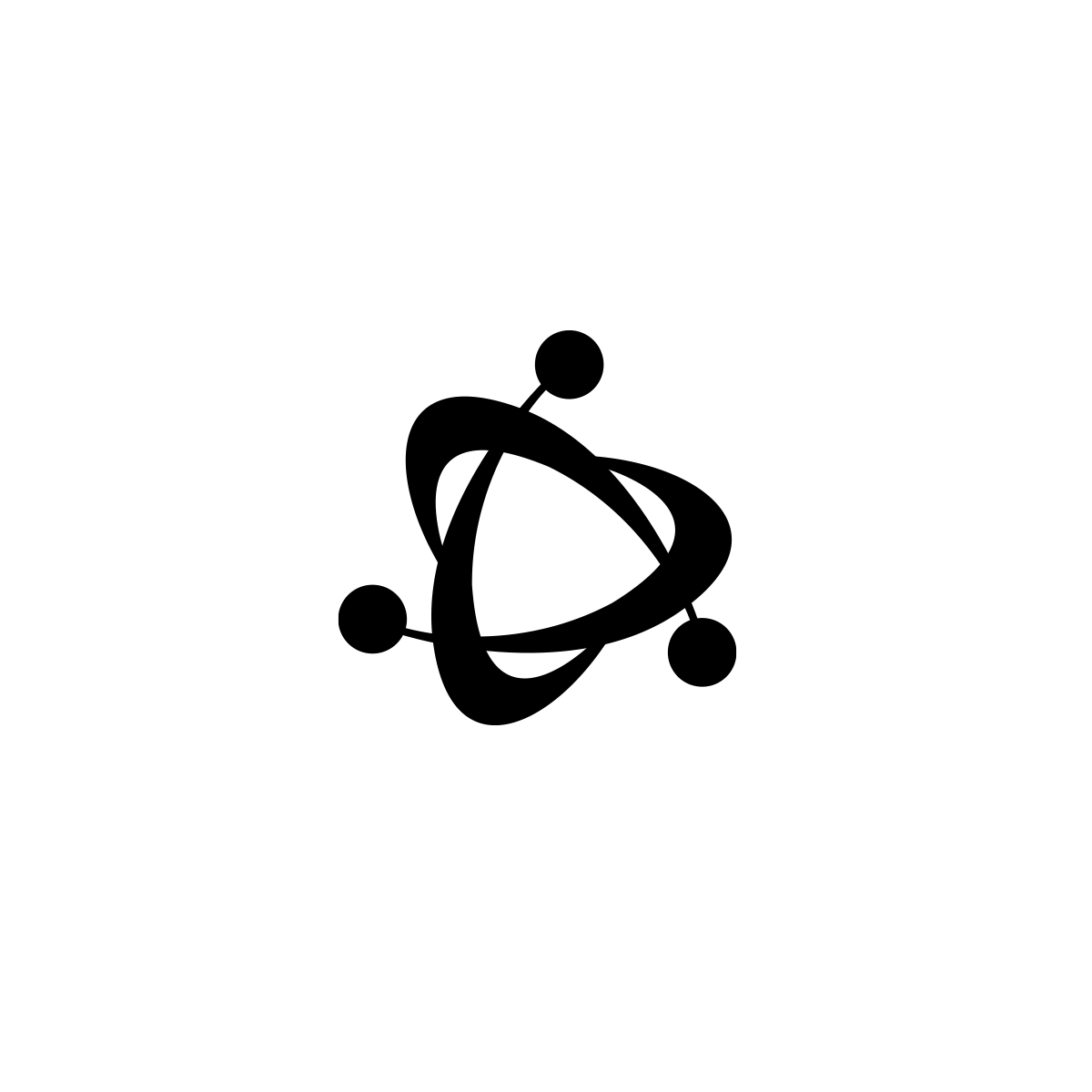The Dark Side of Human-Centered Design
/Human-Centered Design, implications and alternatives.
Introduction to Human-Centered Design.
Human-centered design (HCD) is an established framework used in design and management to solve user problems. This process starts by understanding users’ needs, followed by the conceptualization of innovative solutions to meet these needs. Tech companies use this framework to achieve a balance between their products and services for platform growth and revenue generation. The 3 principles of HCD are Feasibility (Technology), Viability (Business Perspective), and Desirability (Users).
HCD is an excellent framework when it comes to user satisfaction, effectiveness and performance. However, there has been a lack of understanding of its downside. The revered framework has hardly been scrutinized and frequently considered best practice. Regardless it begs to be questioned whether there are any bad implications against this framework. And if they do exist, what would they most likely be. This article would explore the negative implications of HCD, and why it has to innovate itself to once again be at the forefront of the design and management framework.
Human-Centered Design is simply Anthropocentrism.
Anthropocentrism refers to homo-sapiens (Humans) as the most important being/entity in the universe. This puts Humans and User Needs above anything else. This is the very essence of Human-Centered Design. Although this would not be the balance that HCD aims to achieve, it has certainly encouraged or even cultivated a dangerous assumption. The over-reliance and need to satisfy user’s needs for maximum revenue and platform growth has caused a surged usage of anthropocentric design into our everyday products and services.
One example would be e-commerce businesses promoting over-purchasing of goods, which increases potential wastage and the over-reliance on delivery services. All these factors ultimately lead to alarmingly high levels of pollution, contributing to climate change. Additionally, the growing influence of ratings and reviews has blurred the lines between a “need” and a “want”.
Due to the requirement of meeting human needs (both the consumers and capitalists), it has become a norm to overlook non-human-related factors such as the environment. Can this be considered “Good Design”?
Human-Centered Design has a suffocating effect on Innovation.
Human-Centered Design has always been regarded as a framework that encourages problem-solving through innovative solutions. While that has been true initially when it was first introduced, innovation is now heavily dependent on user satisfaction. The necessity to abide by the user’s increasing demand has left us in a spot where new radical systems that could be innovative are considered taboo and avoided.
An unpopular but credible criticism is that users might not know what is best.
Take Apple for example, and their launch of the very first iPhone and its functions; It was the very first product of its kind, however, it does not mean that they did not follow the framework of Human-Centered Design. Instead, the framework was partially used to improve performance and usability. Users are still required to adapt to new technology. Sometimes when going against the trend, clashing against the HCD framework and user’s needs is vital to encourage the exploration of new innovative solutions.
Human-Centered Design only caters to specific individuals.
When Human-Centered Design is utilized, we tend to focus on a specific type of user and their requirements. As the scope of users becomes more specific, we tend to design and create specialized services at the expense of others. Quoting Jussi Pasanen’s article on Human-Centered Design, an example would be Airbnb’s services which are designed solely for travelers. What we fail to realize is that even though the service provided would be beneficial for the travelers, it harms the community and locals as it skews housing affordability and in some cases, the local culture.
Judging by all the points made above, should we brand Human-Centered Design(HCD) as harmful, never to be used again? HCD, like any other framework, should be allowed to grow and improve. Furthermore, there are other potential frameworks that could be seen as an improvement or derivation of HCD. One such framework modal would be Activity Centered Design.
What is Activity Centered Design?
Activity Centered Design is a problem-solving process that does not only look into the needs of users but also requires a deep understanding of technology, tools, and the tasks themselves. It also takes into account the consequences of each task of the activity which aids in observing how a task that is being carried out would affect the rules, community, and even the tools used. This will advocate the maintaining of balance which is the very essence of innovation thus providing a positive effect throughout all spectrums.
Conclusion
Understanding users’ needs and human behavior is a common principle when it comes to problem-solving. Human-Centered Design was developed to overcome the poor design of software products and has proven effective in the usability and understandability of the products. However, in this article, we identified that a good product design goes beyond understanding users’ needs. As a UI/UX designer at 2359 Media, the adoption and exploration of various frameworks encourage us to push the boundary of innovative design. To create a positive impact across all fields, which is what we should ultimately strive for.



